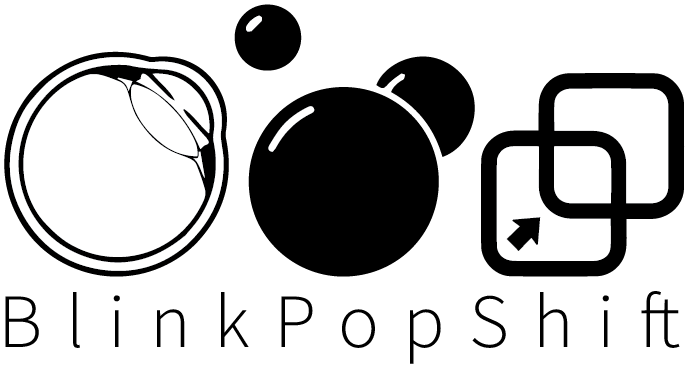Synthetic Self creates a lifelike video call interface that responds to audience questions and statements through text or verbal inputs. Here are three examples:
Installation: A cozy chair is set up in front of a screen on which a person waits idly. When you sit down they perk up, explaining they are a synthetic copy of the artist M Eifler. There is something not quite right about the face and voice. Maybe you ask them why the artist wanted to copy themselves. In response they tell you a story about M's struggles with intermittent non-verbal episodes or flip through their database of drawings and show you a page from M’s journal.
Performance: On stage you see a person with a microphone and another projected on a large screen. Together they are giving a presentation on the lived experience of chronic illness. They joke and tell stories together and the virtual performer shows images related to the stories. Near the end of the performance the virtual performer comes out as an AI copy.
Virtual Performance: You join a zoom performance. When you arrive you see 2 video performers who look eerily similar. One is labeled M Eifler and the other Synthetic Self. Both performers speak to and interact with the audience, answering questions and speaking to each other. It's quickly apparent all the little ways the living performer and the synthetic one are different but later after the performance is long over they begin to bleed together in your memory.
